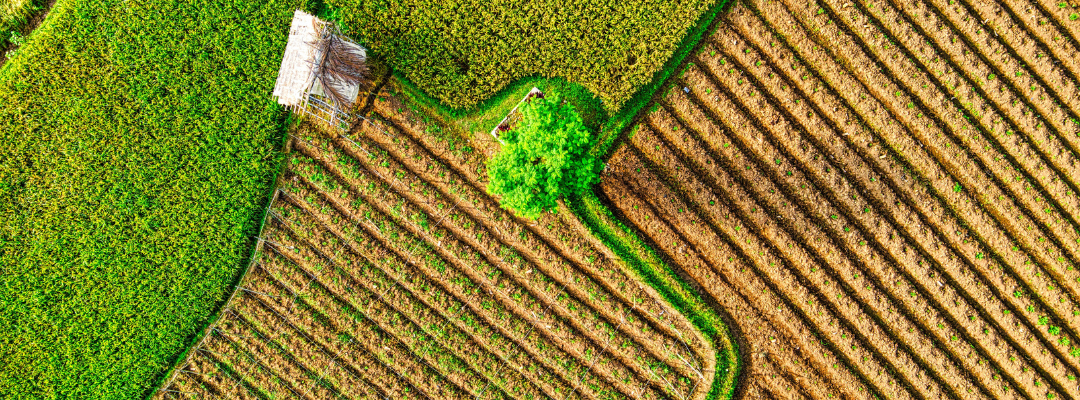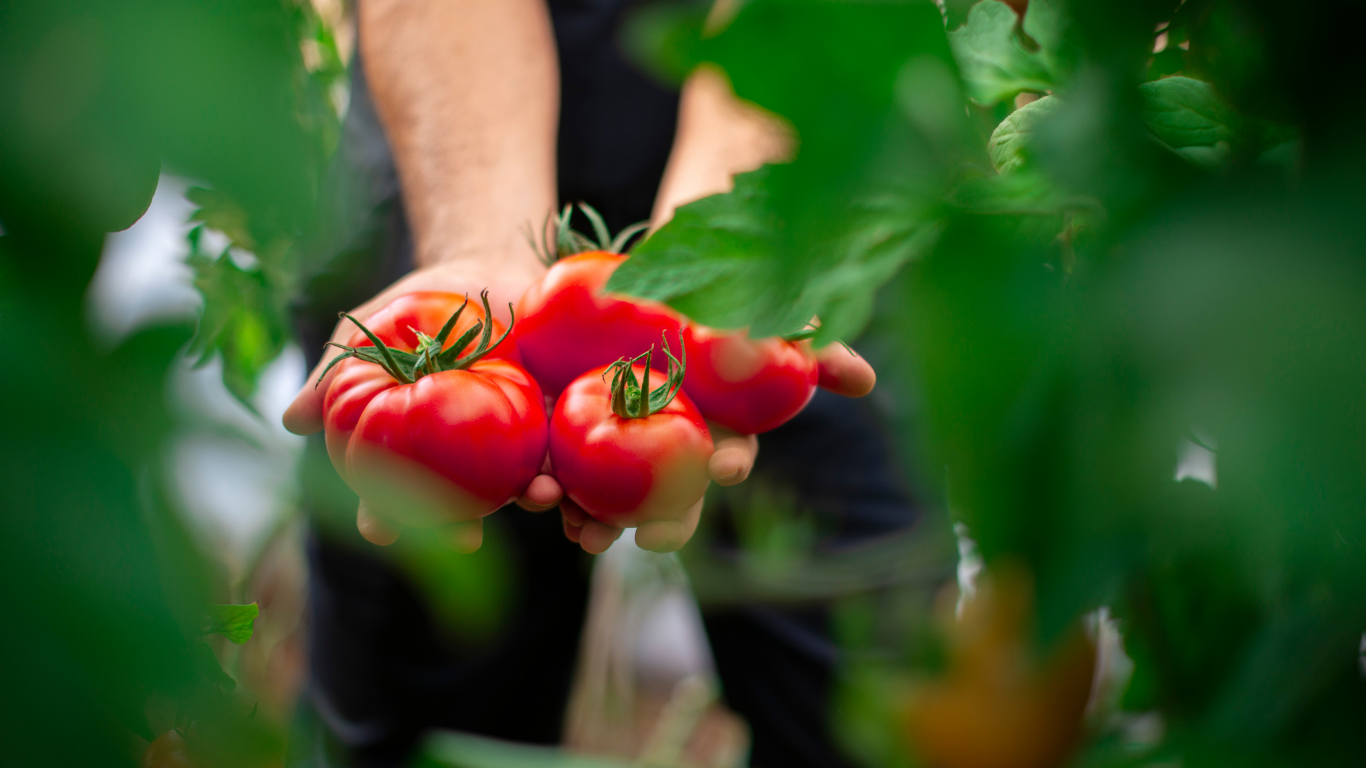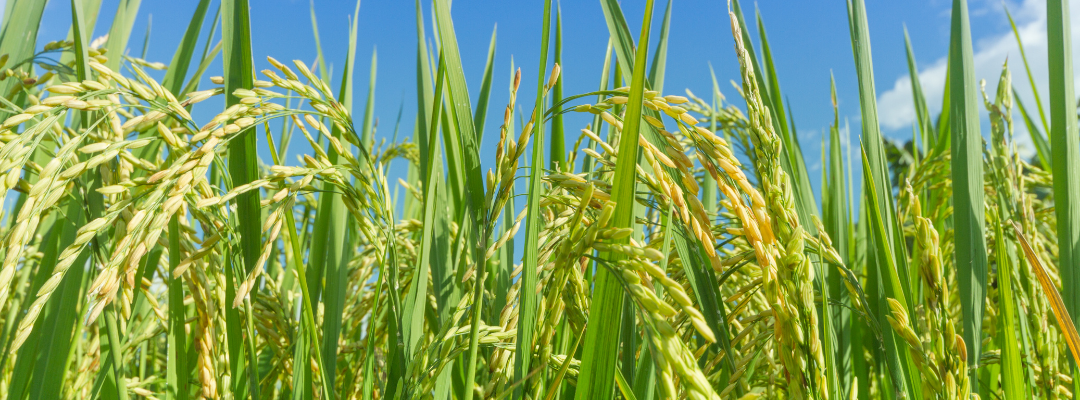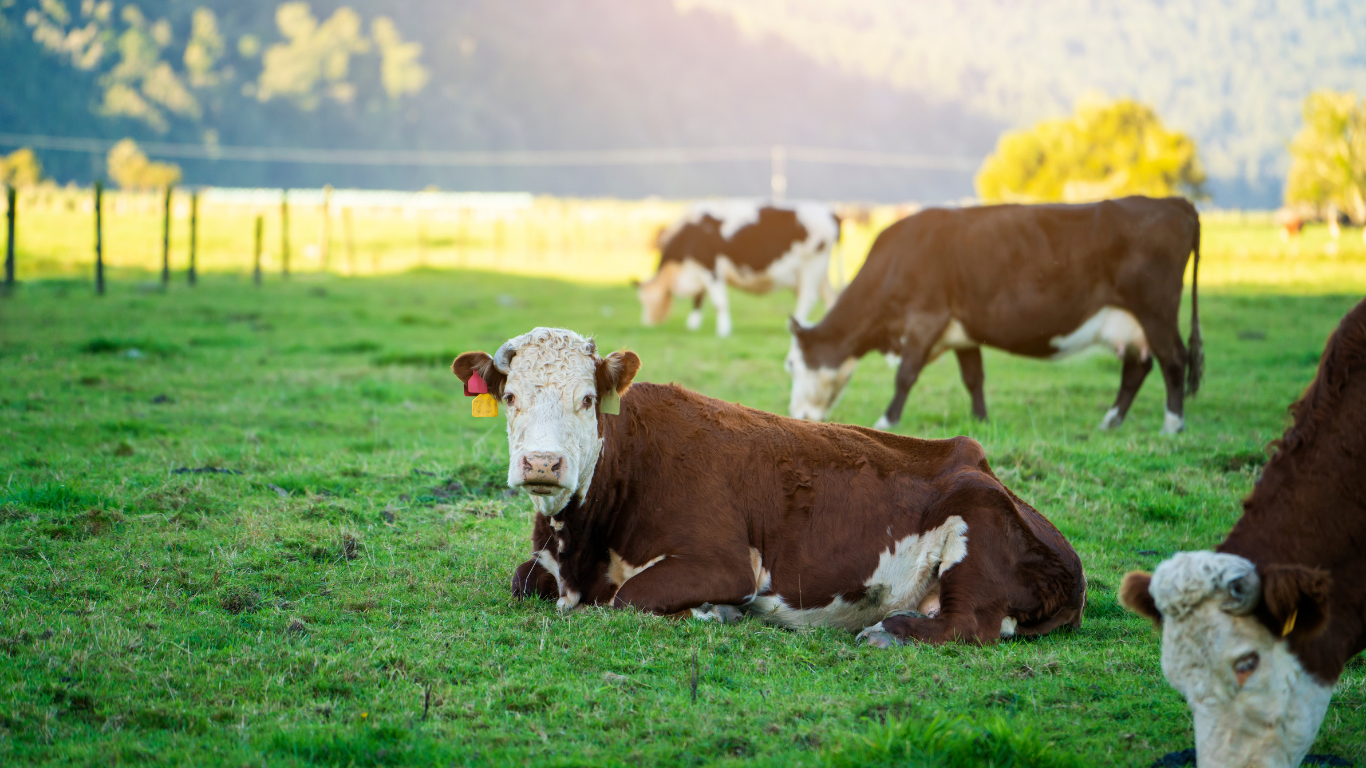The upcoming winter months provide an opportunity for row crop producers to review their marketing plans. A marketing plan is a valuable tool that helps producers manage emotions when making marketing decisions. A marketing plan is an outline of price, date, and quantity objectives used to generate a reasonable return given the existing market conditions. A producer should, in practice, have two separate marketing plans—a pre-harvest and post-harvest plan—as marketing decisions in both instances offer different challenges. This article will discuss developing pre-harvest plans. A pre-harvest marketing plan allows producers to take advantage of the normally higher spring and summer prices as seen in Figure 1. When developing a pre-harvest plan, producers should consider some basic items.
A common question when developing a pre-harvest marketing plan is how much should be sold. A good rule of thumb is to not sell more than crop insurance covers. For example, if a producer has an expected production of 100,000 bushels of corn protected by revenue protection insurance at the 75% coverage level, then the maximum amount that the producer should sell pre-harvest is 75,000 bushels. The amount of expected production a producer sells pre-harvest will be influenced by their risk tolerance level, with risk-averse producers making fewer sales. Once a producer has determined the amount of pre-harvest sales, they will want to split sales into smaller more manageable units of 1,000 or 5,000 bushels. Splitting sales into smaller units will provide the producer with greater flexibility in marketing decisions.
A pre-harvest marketing plan should also include price targets and sale dates for the smaller sales units mentioned above that will force the producer to be proactive about pricing. The most important price target is the minimum price target, which is the lowest price at which the producer would make a pre-harvest sale. A common suggestion is to set the minimum price at the cost of production. The maximum price target should be a realistic price, determined by historical price movements and data, that producers can sell for. The maximum price is less important than the minimum price because as you will see below, sales dates will force a sale if the price is not reached. Sales units should then be split between price targets, varying between the minimum and maximum price, which reduces the price volatility faced by the producer and hence the volatility of expected income.
Along with a price target, each sale unit in the marketing plan should have a pre-determined sale date. The sale date implies if a price target for a sale is not reached by the sale date, the producer will still make the sale. When selecting sale dates, producers should consider the price seasonality of the commodity. Higher price targets should be coupled with sale dates that correspond to the time of year the commodity price is typically the highest.
The final important piece is knowing, understanding, and choosing the marketing tool that will be used to make the sale. Local elevators will offer a variety of contracts to sell grain, or producers can use various futures and options strategies. Producers should consider incorporating multiple tools into their marketing plan to protect against varying types of risks associated with the tools. We do not have room to address all the available tools here, but there have been multiple Southern Ag Today articles discussing available tools for the reader’s reference. (Fences Aren’t Just for Cattle | Southern Ag Today; Marketing Strategies if Producers Do Not Have Access to On-Farm Storage | Southern Ag Today; Managing the Price Risk Gap between December Corn Futures and Projected Crop Insurance Prices | Southern Ag Today).
Figure 1. Average Percent Change in the Monthly National cash Price Relative to the January Price for Corn, Cotton, and Soybeans, 2010-2021


Author: William E. Maples
Assistant Professor and Extension Economist
Department of Agricultural Economics, Mississippi State University
Email: will.maples@msstate.edu
Maples, Will. “Considerations for Developing a Pre-Harvest Marketing Plan.” Southern Ag Today 2(47.1). November 14, 2022. Permalink













